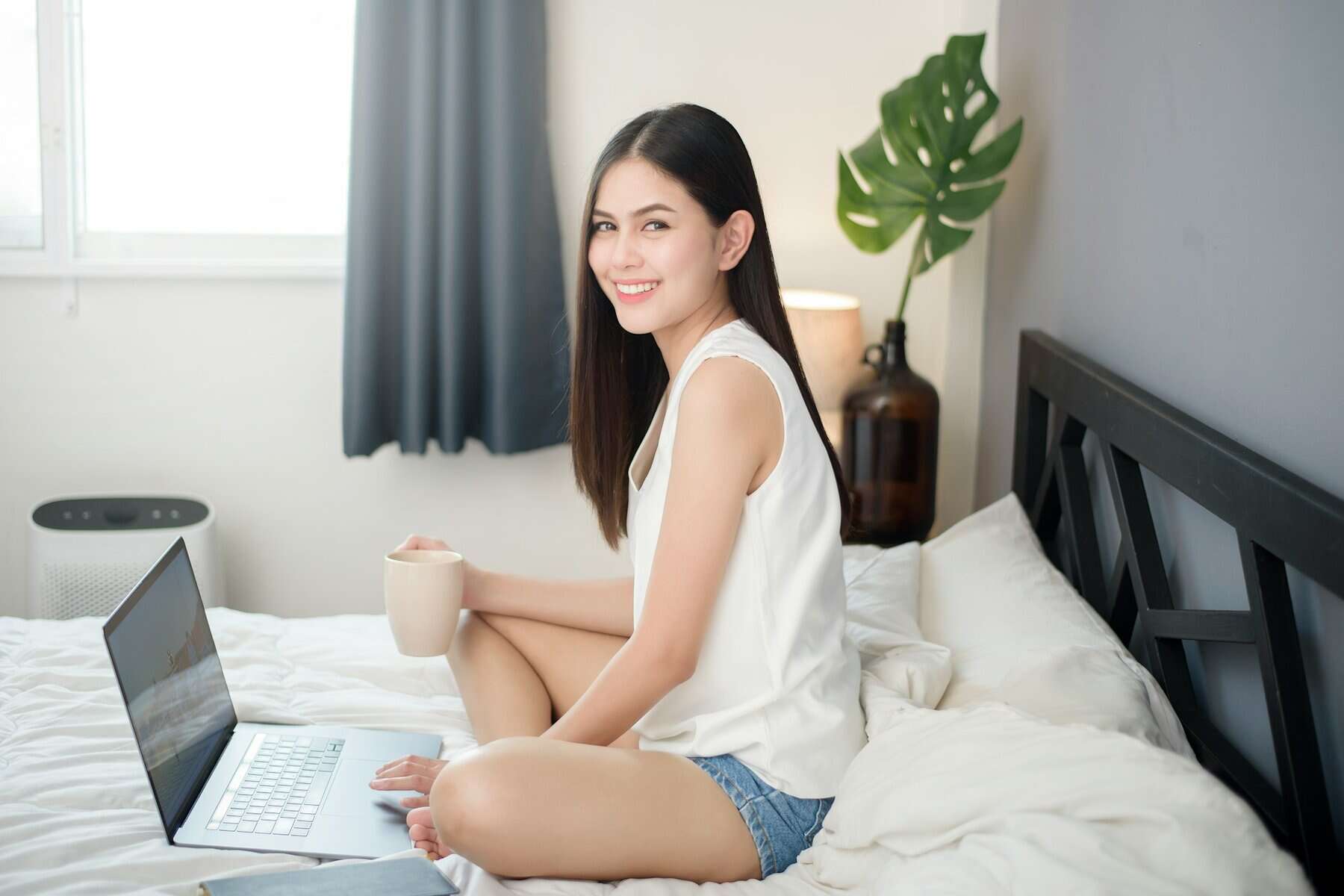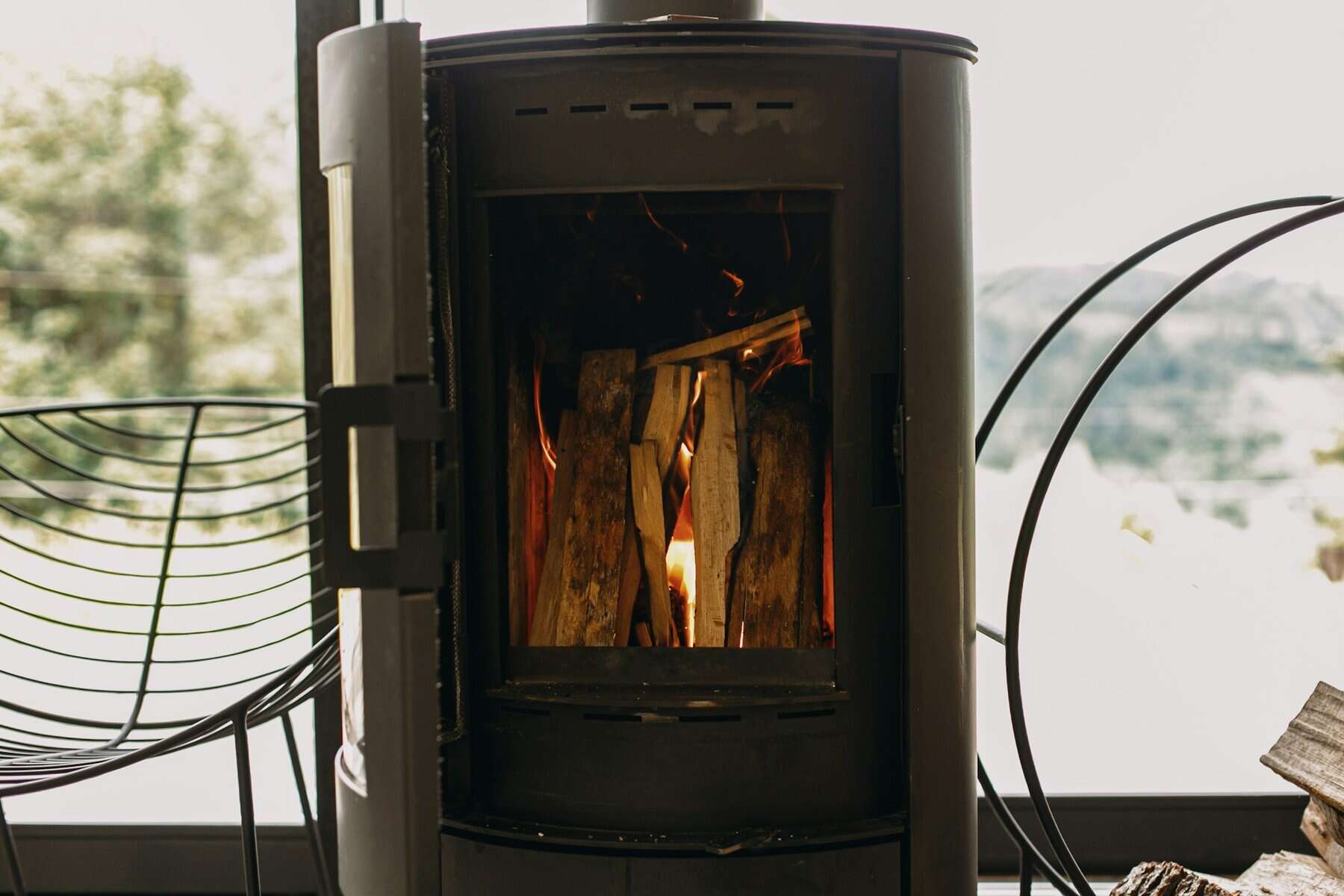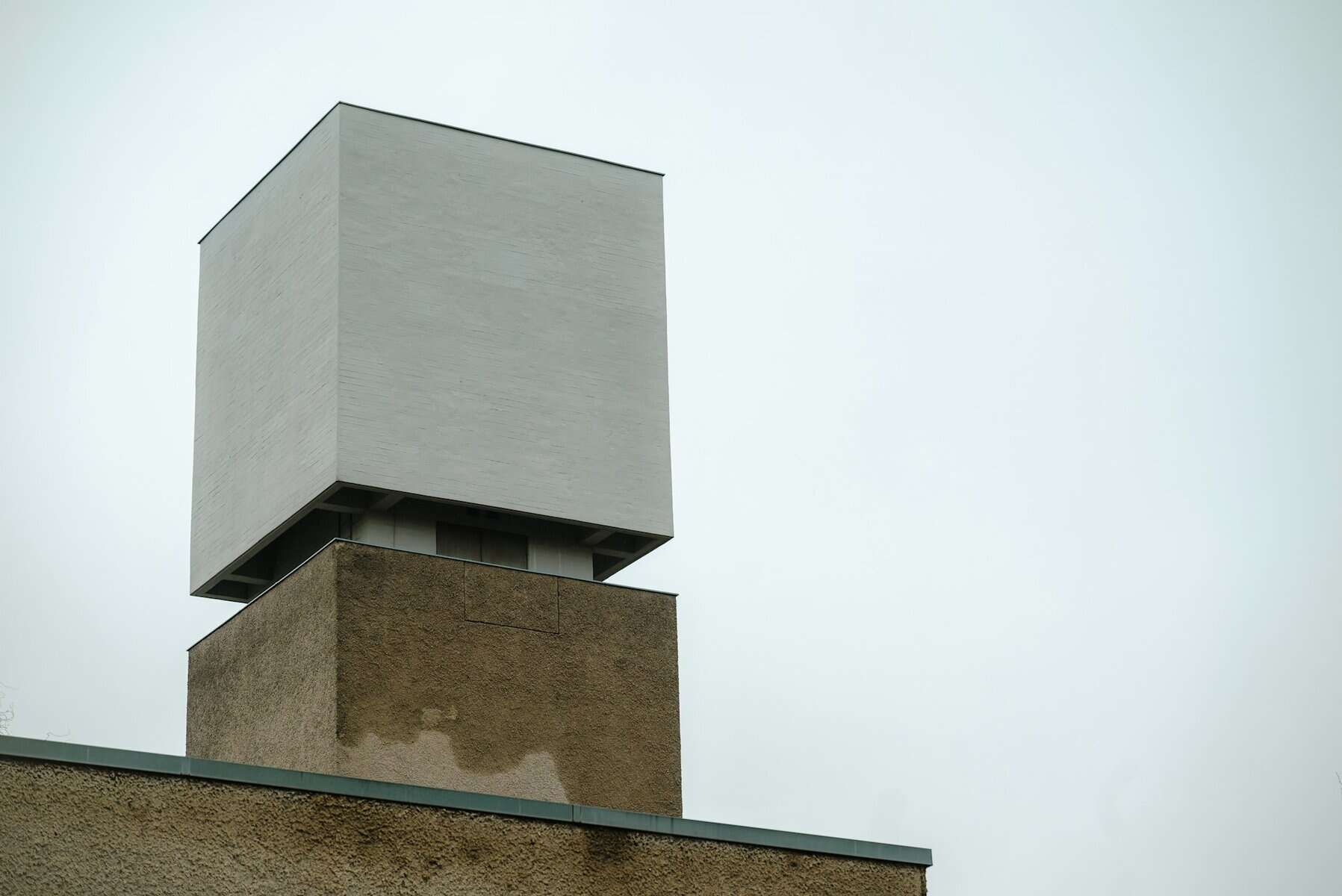Most people only think about their air conditioner in the middle of summer when they need to cool the house. But the truth is, AC systems don’t stop being important once the cooler months roll in. Even though you may not be using it to blow cold air, your air conditioner can still affect how comfortable your home feels in winter.
Choosing energy efficient air conditioners can make a difference all year, including winter months. Heating, airflow, and energy habits are all connected. If one part of your HVAC system isn’t working right, the rest of it can struggle too. That’s why it’s worth knowing how your air conditioner plays a role in your home, even now that temperatures in Saratoga Springs, New York, are dropping.
Why Your Air Conditioner Still Matters in Winter
Your air conditioner might not be cooling anything right now, but it’s still part of how your home handles airflow. Most systems use the same pathways for both heating and cooling. That means fans, filters, ductwork, and blowers that are tied to your AC are moving warm air in the winter, too.
When one piece of the system isn’t working like it should, it slows everything down. A broken fan or clogged line can keep warm air from reaching the rooms that need it most. Sometimes that leads to chilly spots in the house or a heater that has to run longer just to keep up. We see this a lot in older homes across Saratoga Springs.
• The fan and air handler connected to your AC often run during heating mode
• Shared ductwork means a problem in one part affects the whole system
• A tired or dirty AC unit can slow airflow and make heat uneven
• My Jockey installs modern, energy efficient air conditioning systems that operate with variable speed motors, offering smoother and quieter operation year-round.
Even when you’re not using your AC to cool the house, it’s still part of how heat moves around. That’s something worth checking on, especially before winter gets even colder.
Year-Round Efficiency Makes a Difference
Energy efficient air conditioners do more than lower power use in summer. They support better performance all the time. When your cooling system is built to work smarter, it puts less strain on other parts of your HVAC setup. That can help air move better through the house and keep the system balanced.
When things run smoother, rooms heat more evenly. And when airflow is steady, you don’t get stuck with rooms that feel too warm or not warm enough. Strong airflow also keeps filters cleaner longer, which means healthier air in dry, closed-up winter homes.
• Proper airflow helps heat move through the whole house evenly
• Less power used in one part of your system can lead to less wear in others
• Balanced air movement supports both comfort and system health
• Our energy efficient AC units are paired with high-quality, programmable thermostats for improved HVAC control during every season.
We’ve noticed that homes with energy efficient air conditioners often have fewer issues across the board. And when everything is working better together, it makes the home feel warmer without working the heater as hard.
Winter Prep Isn’t Just for Heaters
Most people think about getting their heater checked before winter starts, which makes sense. But it’s just as helpful to check the whole HVAC system, including the air conditioner. Because the parts are connected, skipping the AC can leave small issues hiding right when you need steady heat the most.
Sometimes fans don’t kick on right. Or small problems in the outdoor unit create rattles or frozen spots that get worse in wet or icy weather. Wiring and outdoor parts can also get damaged when temperatures swing or animals are looking for shelter under the unit.
• Full system checks help avoid surprises during busy holiday weeks
• Exterior AC units can gather ice or debris that reduces airflow
• Minor issues in unused parts can still cause problems when left over winter
• We provide comprehensive diagnostic and repair services for air conditioners and HVAC equipment, making sure your system is ready for cold or warm weather.
A home that feels warm and works like it should often comes down to keeping everything in check, not just the parts you think you’re using.
Planning Ahead for Next Season
You may not be thinking about cooling the house with snow in the forecast, but that season always circles back. Winter is a smart time to stay ahead of it. Getting energy efficient air conditioners inspected or upgraded now means they’re ready when spring rolls in.
When the first warm days arrive, many homeowners realize too late that their systems aren’t ready. That can mean long waits for service or running a struggling unit, which leads to bigger problems. Winter is usually quieter for that kind of schedule, and it gives you a better chance to plan without the pressure of outdoor heat.
• Off-season planning avoids long waits when cooling is needed again
• Winter work lets you tackle upgrades before the next heat wave
• Thinking ahead keeps your whole system healthier over time
If you’ve been meaning to check on your air conditioner or you’ve recently added more space to the house, now’s a good time to think about what next spring will need.
Winter Comfort Starts with a Healthy System
A smooth-running HVAC setup isn’t just about the heater or just the air conditioner. It’s how all those parts work together that makes the home feel steady and warm. When one section lags, the rest picks up the slack. If your energy efficient air conditioner is strong through the winter, you may notice fewer cold spots and fewer system hiccups.
Comfort in colder months starts with solid airflow, steady filters, and equipment that doesn’t strain to keep up. Taking care of the full system now means you’re not playing catch-up when the seasons shift again.
We’ve found that homes in Saratoga Springs, New York, stay cozier and run better when every part of the HVAC is ready for winter. That includes the parts that aren’t actively cooling but still matter. Warm homes need healthy systems, and that starts long before the hot air kicks on.
Give your HVAC system the seasonal attention it deserves so your home runs smoothly year-round. Homes with well-maintained, energy efficient air conditioners enjoy better comfort and improved airflow during every season. At My Jockey, we keep your entire system working together, whether it’s hot or cold outside. Call us today to schedule a system check or upgrade.










